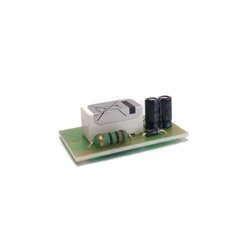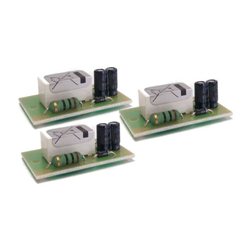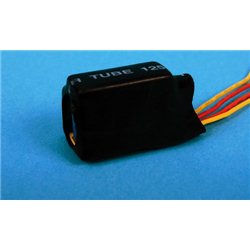Static grass puffer bottles work by manually charging model grass fibres with static electricity. When the charged...
No products
Product successfully added to your shopping cart
There are 0 items in your cart. There is 1 item in your cart.
Search Tips
How can I create a reversing loop with Y-shaped turnout on my layout?
A reversing loop is a section of track that allows a train to change direction without reversing. Reversing loops can be simple or complex depending on the requirements of the layout. Reversing loops are particularly useful for Modellers who have limited space and want to create a longer continuous run for their trains.
A reversing loop consists of a loop of track connected to the mainline. A set of points is used to create the loop and trains can enter the loop either from the mainline or via the turnout. Where the mainline is straight a standard left or right hand turnout can be utilised. Where the mainline is curved or where the topography dictates, a Y-shaped turnout can be used.
However, there are a few important things to consider when using a reversing loop. Firstly, modellers will need to ensure that the polarity of the track is correctly controlled, as reversing loops can cause short circuits if not properly wired. Secondly, the loop needs to be of sufficient length to accommodate the length of any trains operated on the layout.
The short circuit occurs where the two opposing polarities meet in the loop. On an analogue layout this can be overcome by isolating a section of the loop with isolating fishplates. This 'isolated' section can then be bridged using a DPDT (Double Pole Double Throw) switch. The locomotive is then stopped in the isolated section, the DPDT switch is then flicked, effectively matching the layout's polarity and the locomotive is then driven back onto the layout.
In terms of where to use a reversing loop on a layout, it really depends on the modeller's specific goals and track plan. Some common locations include hidden sidings, where trains can disappear and reappear, or as part of a larger loop or circuit. The key point to note is that a reversing loop will allow a train to change direction whilst always leading the rake. As such it adds a lot of flexibility and versatility and can be installed as best suits the layout's dynamics.
Click here to receive the tips weekly in your mailbox. You can unsubscribe at any time.










